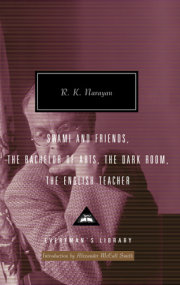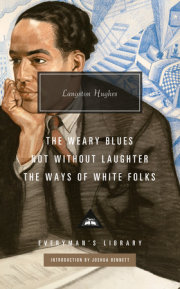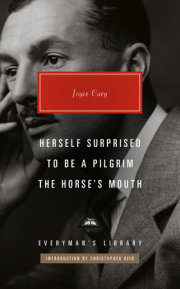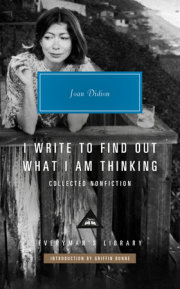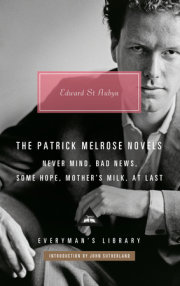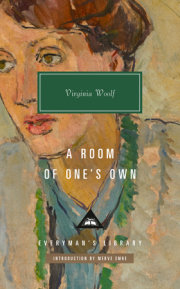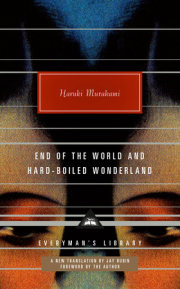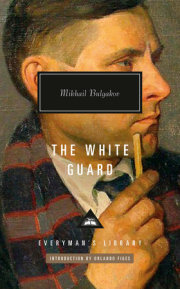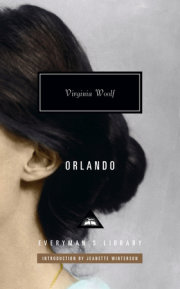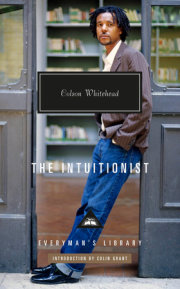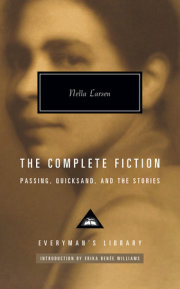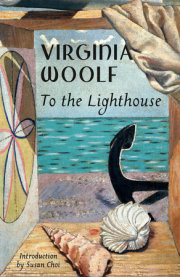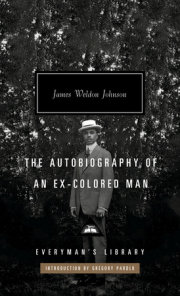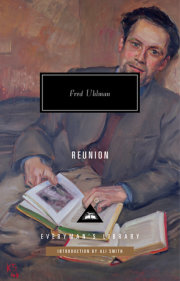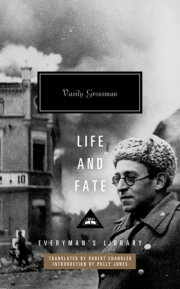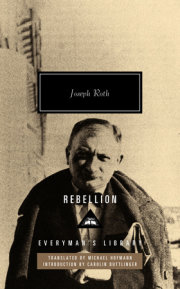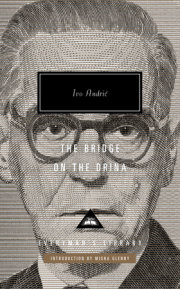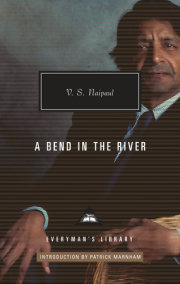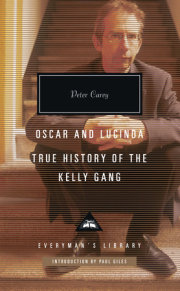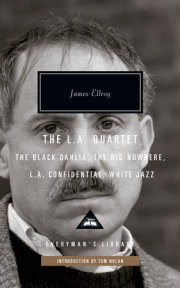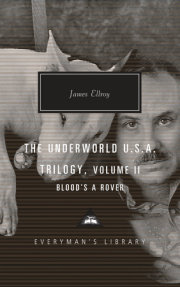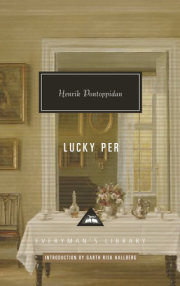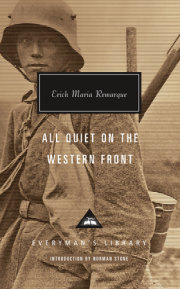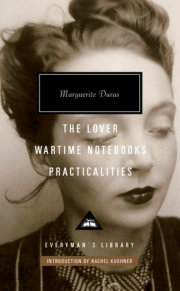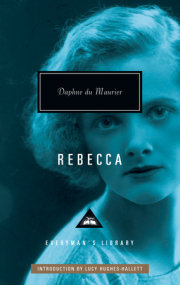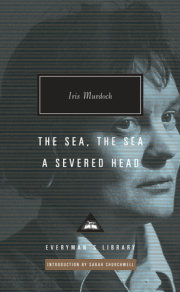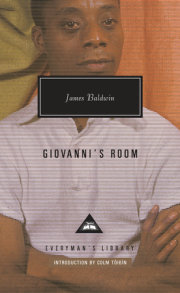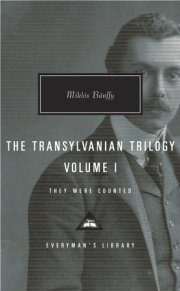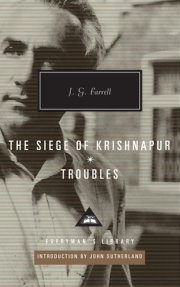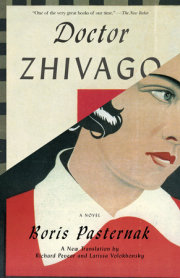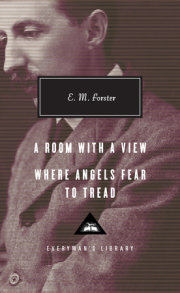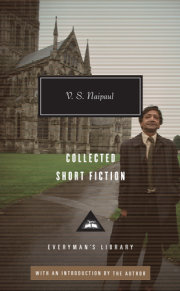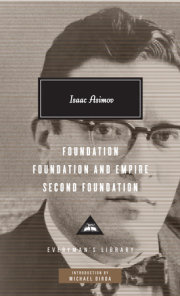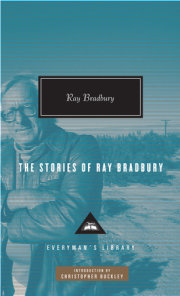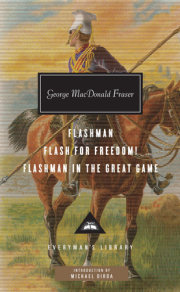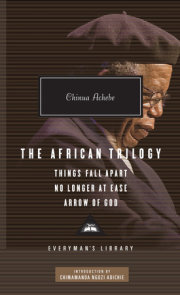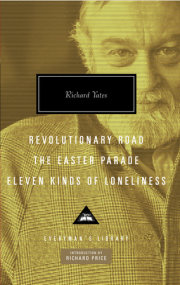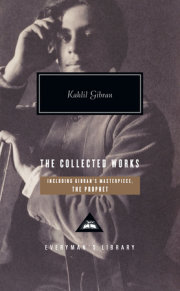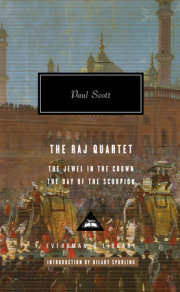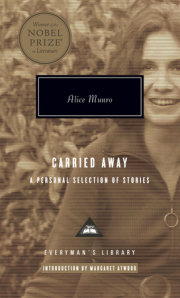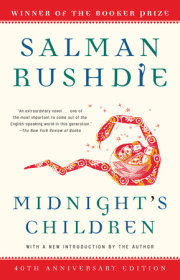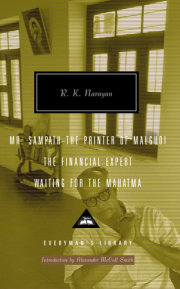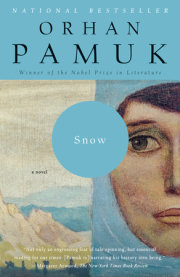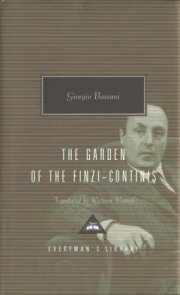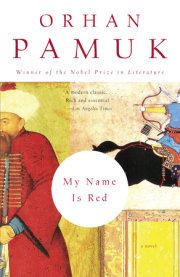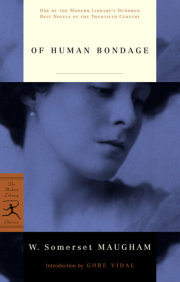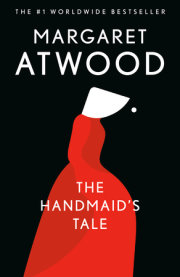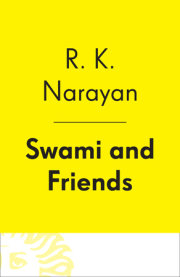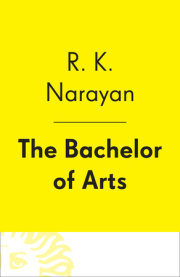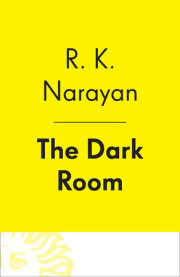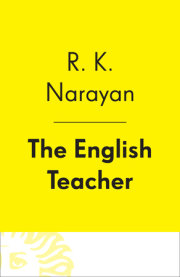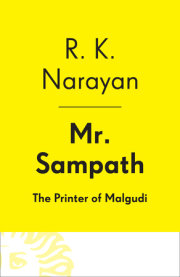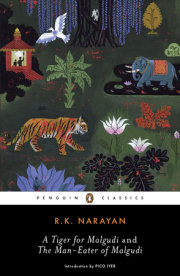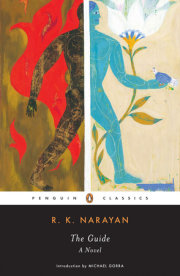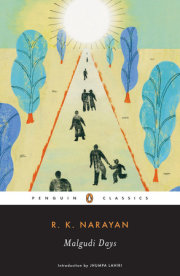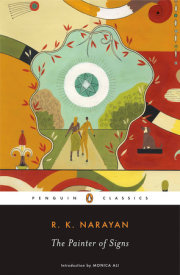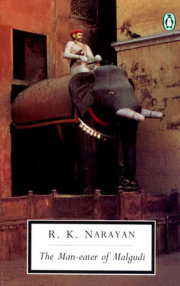INTRODUCTION
by Alexander McCall Smith
A novelist of all humanity
R. K. Narayan’s novels are like a box of Indian sweets: a highly-coloured container conceals a range of delectable treats, all different in a subtle way, but each one clearly from the same place. There are fourteen novels in the oeuvre — enough to create a world. Enthusiasts of his work will read them all and return to them time and again. The busy, or the less committed, may open the box and take out one at random — it does not really matter which order one reads them in. But be warned: the consumption of one leads to a strong craving for more.
Narayan’s life spanned the twentieth century, which meant that he belonged both to an old world and a new. At the time of his birth in 1906, the British Raj, that astonishing imperial conceit, was firmly in place, as were those iron-clad notions of caste that were to prove so difficult to shrug off. The British presence in India had brought with it a large civil service, an educational system, and railways — to all of which institutions the people of the subcontinent took with enthusiasm. But it had also brought with it a language, and the literature which that language created, and it is this which proved a most productive legacy. The British took English to India and the Indians gave back a literary tradition which continues to delight and enrich us to this day. Contemporary writers such as Vikram Seth, Rohinton Mistry, or Anita Desai, whose novels have given such pleasure to readers in Europe and North America, stand rooted in a tradition which R. K. Narayan, as one of the earlier Indian novelists to write in English, did a great deal to establish.
Although Narayan did not draw attention to his personal life, he did write a memoir, My Days, which tells us a great deal about his boyhood years and the inception and development of his literary career. His childhood was fairly typical of that of a middle-class boy of the time. His father was the headmaster of a school, a somewhat stern figure in his professional life, and this connection with the world of education is very much apparent in the earlier novels, where schools, colleges, and the whole business of becoming educated play a major role. His father’s job required mobility, and Narayan spent a number of childhood years living with his grandmother in Madras. Eventually, though, he joined his parents in Mysore, where he attended the school presided over by his father.
He became a voracious reader, wading through the books and magazines which arrived on his father’s desk for the school library. As he wrote in My Days:
My father did not mind our taking away whatever we wanted to read — provided we put them back on his desk without spoiling them, as they had to be placed on the school’s reading-room table on Monday morning. So our week-end reading was full and varied. We could dream over the advertisement pages in the Boys’ Own Paper or the Strand Magazine. Through the Strand we made the acquaintance of all English writers: Conan Doyle, Wodehouse, W.W. J acobs, Arnold Bennett, and every English fiction writer worth the name . . . Through Harper’s and the Atlantic, and American Mercury we attained glimpses of the New World and its writers.
This sense of distance, of being a participant in a culture and yet not being of it, is a familiar feature of the literature of what is now the British Commonwealth and it is vividly portrayed in Narayan’s novels. Colonialism hurt and damaged those subjected to it, but it would be inaccurate to portray the process as being a simple matter of subjugation and humiliation; it was far more complex than that. The writer in the colonized country tended to soak up the culture of the colonial power and feel a familiarity and some affection for it, even though the experience of colonialism may have demoralized and destabilized his own colonized culture. This damage, although it may later be seen for what it is, is passed over: in his mind he is a member-in-waiting of a broader community of letters. His aspirations, though, are likely to be dashed; his yearning unfulfilled. Although he may not realize it, the metropolitan culture is largely indifferent to him and his world: the literary circles after which he yearns are distant, impossibly out of reach. Of course, the conquest is feasible, and literary doors may open. Narayan himself made it, as did others, although some did so by leaving the culture in which they had been brought up. Narayan remained in India — an Indian writer who was happy to be read by those outside India but who remained firmly within the world into which he had been born.
The young Narayan was not a great scholar. Having failed his university entrance examinations, he spent a year reading and writing before he eventually succeeded in being admitted to the BA course at Maharaja’s College. During this year he acquired a copy of a book called How to Sell your Manuscripts and started to send his literary efforts off to magazines in London. He met with no success, encountering for the first time those pieces of paper so familiar, and yet so devastating, to the aspiring writer — the printed rejection slip. In due course he completed his studies and graduated as a Bachelor of Arts.
There then followed various attempts by his father and others to secure him a position. These were mostly unsuccessful, although they eventually bore fruit in the shape of a teaching post where he was immediately required to teach Tennyson’s Morte d’Arthur to a class of burly and uncooperative boys who had no interest in poetry. His teaching career was a dismal failure and shortly afterwards he walked out of the school and returned home. That was that: he would become a writer.
How many have made that decision, and how many have failed. And how many aspiring writers have written their first novel in the belief that it is fiction, only to discover that it is really about them, and, quite commonly, about their childhood. Swami and Friends, Narayan’s first novel, is a novel of boyhood which draws heavily on his own experiences. Narayan sent the typescript to a series of publishers in London and became accustomed to having it returned at regular intervals. He experienced similar rejection with the short stories which he was now writing, although he eventually succeeded in his ambition to get into print abroad when a piece he wrote for Punch magazine in London was accepted and produced a handsome fee of six guineas.
Narayan was to use this small measure of success to persuade his future father-in-law that the financial prospects of a writer were not entirely gloomy. But he needed more than this: the unsuitability of his horoscope was seen by his intended bride’s family as being a major drawback to a possible match, and it was only after lengthy discussions that the marriage was able to go ahead. Narayan’s personal experience of the vagaries of matrimonial astrology was later reflected in the highly amusing account of astrological discussions in his second novel, The Bachelor of Arts.
Now married, Narayan began to earn a living as a journalist. Swami and Friends was still doing the rounds in London, with no success, and in desperation he wrote to a friend in Oxford, advising him that if the manuscript were to be returned to him from the publisher who was then considering it, he should weigh it down with a stone and throw it in the Thames. Fortunately the friend ignored this instruction and continued to show the manuscript to prospective publishers. Eventually he showed it to Graham Greene, who was then living in Oxford, and asked him to read it. It sat on Greene’s desk for some weeks and then eventually, in one of those moments of great good fortune which occur from time to time in literary history, Greene was sufficiently excited by the book to recommend and secure its publication in October 1935.
The publication of a first novel is one thing, security in the literary world is another. Swami and Friends was well-reviewed, but was not a commercial success. In the years that followed, Narayan had to seek a variety of different publishers, and it was to be some time before his reputation was secured amongst a wide international audience. His personal circumstances were also sometimes difficult. In 1939 his wife, Rajam, died of typhoid. Narayan was devastated. In My Days he wrote:
I have described this part of my experience of her sickness and death in The English Teacher so fully that I do not, and perhaps cannot, go over it again. More than any other book, The English Teacher is autobiographical in content, very little part of it being fiction . . . The toll that typhoid took and all the desolation that followed, with a child to look after, and the psychic adjustments, are based on my own experience.
After the publication of his fourth novel, The English Teacher, in 1945, Narayan’s writing entered a period of greater maturity and confidence. The autobiographical element which had been so obvious in his earlier writing became less prominent, allowing him to develop his characters more freely.With the growing critical success of his novels in the West, he began to lead the life of the successful literary figure both in India and abroad. He travelled widely and, in time, was showered with honours. He did not leave his accustomed milieu, though, which was Mysore, where he built himself a house, went for rambling and talkative walks, and savoured the quotidian pursuits of life, including agriculture, which he studied with interest. In 1989 he was appointed to membership of the Rajya Sabha, the Upper House of the Indian Parliament. His inaugural speech there was on the subject of Indian children. Children, he said, were being deprived of time to play or to look at birds and trees. In 2001 he died. His mind was clear to the end, and on his death-bed he spoke of his desire to write another novel. This was the man who had confessed to friends: ‘I have become lazy since I entered my nineties.’
Narayan’s novels are sometimes described as simple. The prose is indeed limpid, the descriptions clear, and the emphasis is on direct and intelligible storytelling, invoking a cast of vivid characters. To the modern reader, accustomed to artifice and allusion, this may give the books a slightly dated feel, and yet it is this quality of simplicity and directness which makes them such fine works of art. Narayan is a storyteller first and foremost, a characteristic which puts him in the company of the great nineteenth-century novelists as well as those twentieth-century writers, such as Somerset Maugham, who believed that the novelist’s business is to narrate. His storytelling, though, sometimes has a somewhat rambling flavour, with plots that can wander and which sometimes betray an absence of resolution. But this is not necessarily a flaw: real lives are often aimless and unresolved, and when we read of such lives in literature we are quick to recognize their authenticity. There is nothing false in the world which Narayan creates — quite the opposite, in fact: these novels convey the taste and texture of India with a vividness which strikes the reader as utterly true. Even those who have no first-hand experience of India will feel that what they experience in reading these books is a taste of the real place.
The favoured setting of Narayan’s novels is Malgudi, an imaginary town which he describes as having ‘swum into view’ when he sat down to write Swami and Friends. Malgudi provides the strong sense of place which suffuses these books. This is India distilled — an urban India, but one in which a hinterland of jungle, of small villages, of wide plains is still present. When we read about Malgudi we feel we are there, and this powerful impression is created not by detailed descriptions of the countryside or buildings, but by the characters themselves and the suggestive nature of their thought and their speech. It is the voice which is distinctive here. It is a voice which is rooted in a world-view quite different from that which we will encounter in, say, a modern novel located in North America or Western Europe. This voice is sensitive to a distinctive tradition in which the accumulated beliefs and social practices of centuries inform the smallest act. It is a wholly different way of looking at the world.
The four novels in this volume form the first phase of Narayan’s career as a novelist. In them we see the author working through a number of concerns which, as a young man, were very much on his mind. These include boyhood (Swami and Friends), education and the finding of a role in life (The Bachelor of Arts), and marriage (The Dark Room and The English Teacher). In these early novels, we also see the development of Narayan as a writer, as he makes his way to the more mature and confident vision of the later novels. Swami and Friends is episodic in nature, which is exactly what the life of a young boy tends to be. Boys on the whole do not to have a long-term plan; they live for the moment, act on impulse, they pursue new enthusiasms and abandon old. Boyhood friendships, though, can persist, even if they may be tempestuous and competitive.The portrayal of Swami’s relationship with Rajam, the son of a senior police officer, reveals how posturing and social embarrassment can loom large in the dealings a boy has with his friends. So many of us can remember the strength of that childhood feeling that our friends have more impressive parents, houses, cars, than we do. Narayan paints a deft picture of that particular anxiety.
Copyright © 2006 by R. K. Narayan. All rights reserved. No part of this excerpt may be reproduced or reprinted without permission in writing from the publisher.


